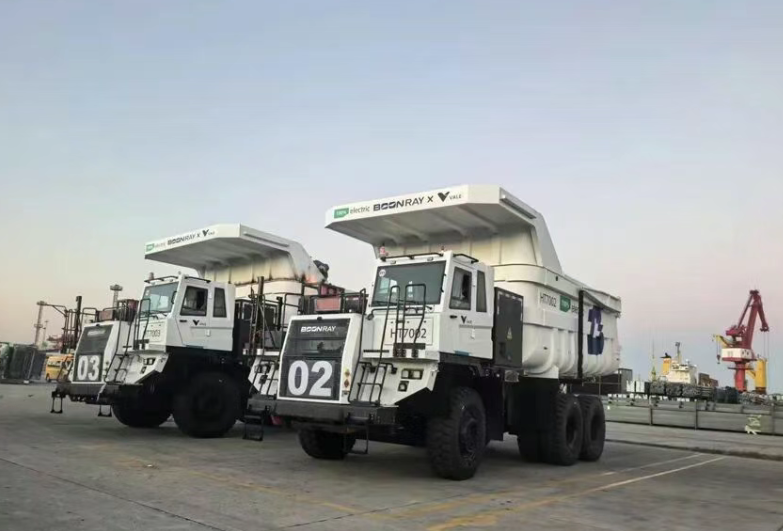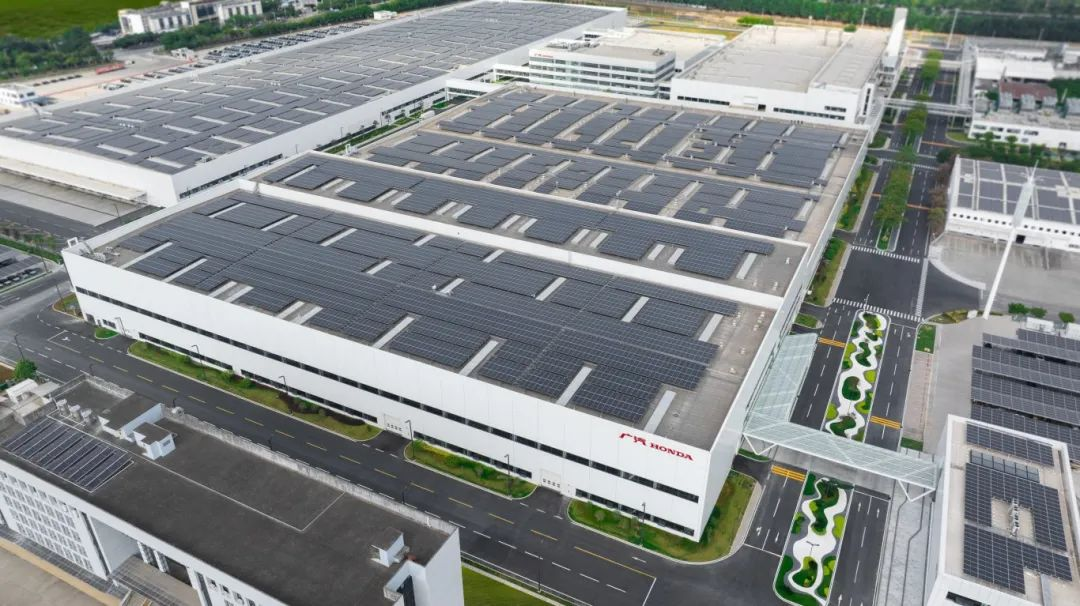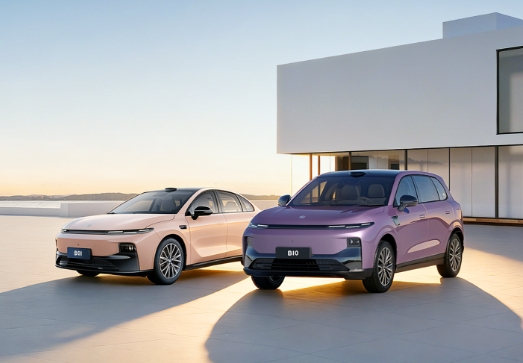If forming joint ventures is SAIC Motor's way of "bringing in," then acquiring overseas brands for outward output is an essential strategy for SAIC to go global.
In 2007, the MG brand entered South America with 60 cars, marking the official start of SAIC Motor's "global strategy." After seven years of hard work, MG's annual overseas sales surpassed 10,000 vehicles for the first time in 2014 and exceeded 50,000 vehicles in 2017.
"The climb from over 10,000 to 50,000 units was challenging," said Mr. Zhao Aimin, Deputy General Manager of SAIC Motor International. In the early stages, MG brand often encountered setbacks. Initially, some of its products had to be reworked as they did not meet local policies, regulations, or cultural preferences.
As MG continues to invest in global technology and quality, MG-branded models not only meets Chinese standards but also complies with stringent European regulations like REACH and E-MARK, and achieves double 5-star safety ratings in both Europe and Australia. SAIC Motor's international system, spanning supply chain, design, manufacturing, and marketing, underpins MG's global operations.
Since 2018, MG's overseas sales have been doubling year after year. In July 2022, with the MG ZS model rolling off the production line at SAIC's Zhengzhou plant, MG hit the milestone of exporting one million vehicles. In 2023, MG's global sales surpassed 840,000 vehicles, securing its spot as China's top single-brand exporter for five consecutive years. In Europe and Australia, MG's sales approached 380,000 vehicles. The MG4 EV, MG ZS, and MG5 all ranked among the top ten models by export sales.
To tap into the global market, SAIC Motor has built a complete automotive industry value chain. This includes innovation and R&D centers, production bases, marketing hubs, supply chain centers, and financial companies. Its products and services now reach over 100 countries and regions, supported by nearly 10,000 sales and service outlets worldwide.
SAIC Motor has established 3 major innovation centers in London, Silicon Valley, and Tel Aviv, and set up 3 overseas manufacturing bases in Thailand, Indonesia, and India, along with a KD factory in Pakistan.
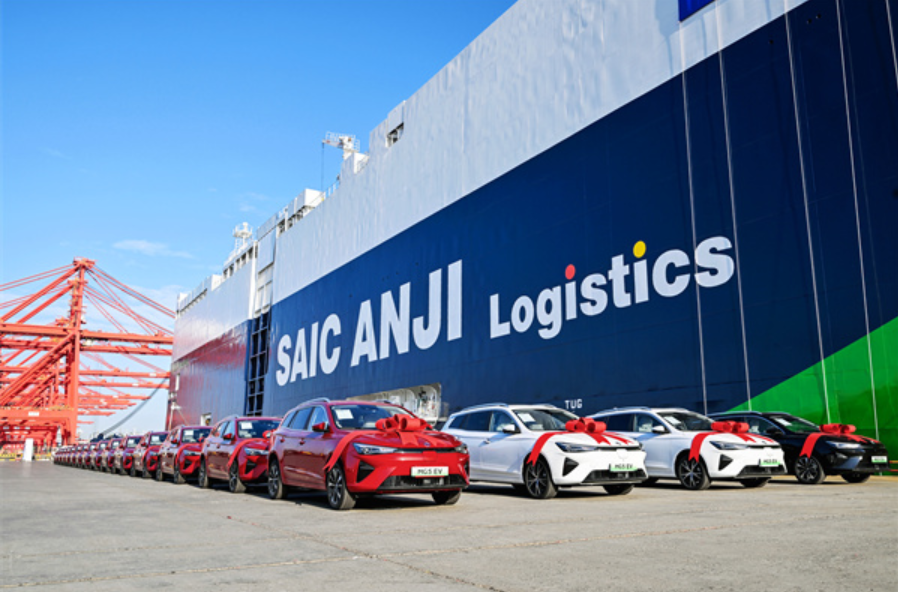
Photo credit: SAIC Motor
As one of SAIC Motor's "hidden champions" in the industry chain, Anji Logistics has become the world's largest carmaker-owned logistics company.
It pioneered the multi-modal transport model, integrating road, rail, and waterway logistics. Anji's operations span nearly 600 cities in China and over 100 countries worldwide, with tens of millions of vehicles shipped annually.
It also boasts China's largest automobile fleet owned by an automaker, with 31 car carriers and 7 international routes serving Southeast Asia, Mexico, Europe, and other regions. Apart from handling SAIC’s brands, Anji Logistics provides ocean transport services for many other Chinese automakers like Dongfeng Motor, Yutong, and Great Wall Motor.
What's more, SAIC Motor has established its first overseas financial services company in Indonesia, offering loans and insurance.To address the diverse market environments, industry policies, and consumer needs, SAIC Motor adopts a multi-faceted approach to global business expansion.
On one hand, its new car development targets five-star ratings under international safety assessment systems in Europe, North America, South America, Australia, New Zealand, and Asia. Products are designed to meet stringent European standards like REACH and E-MARK, ensuring compliance with market entry requirements in over 80 countries across 6 continents.
On the other hand, SAIC Motor tailors its exported products to local conditions, implementing user-centered localized operations. This has led to a multifaceted strategy, combining complete vehicle exports, KD assembly, and deep localization.
In 2024, SAIC Motor is making full efforts to expand its overseas business.
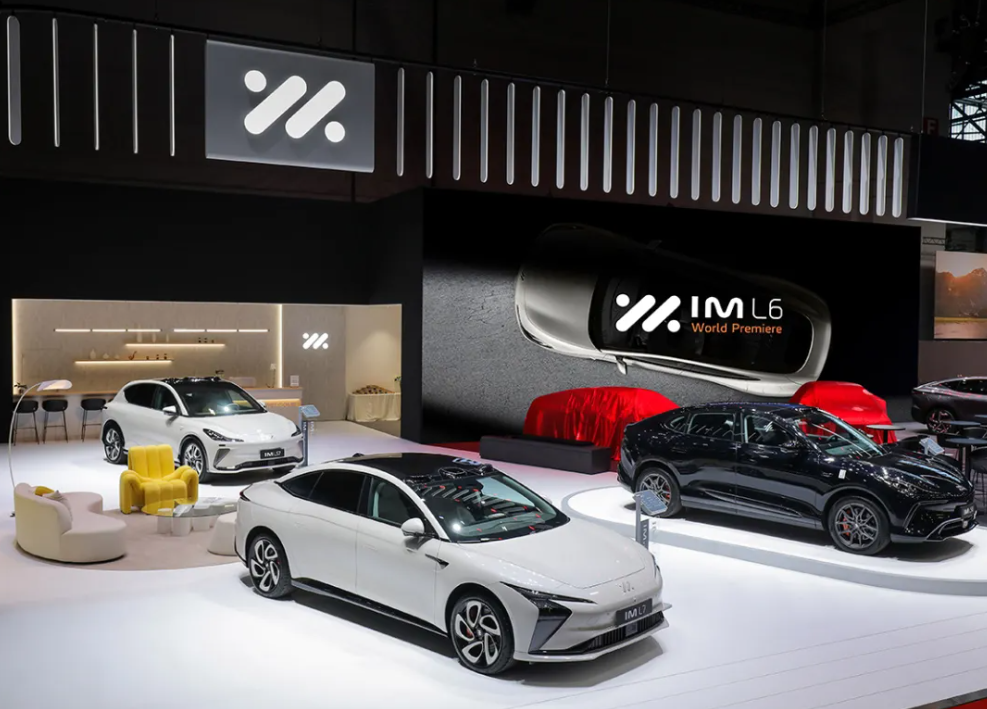
Photo credit: IM Motors
First, SAIC Motor is accelerating the pace of technology export. At the 2024 Geneva International Motor Show, IM Motors showcased the entire lineup of its high-end intelligent electric vehicles equipped with SAIC Motor's full suite of innovative technologies, including the IM L6, LS6, L7, and LS7. Notably, the IM AD advanced intelligent driving system has commenced adaptation training in Europe, with its algorithm gradually being tailored to local environments and driving habits.
IM Motors announced that the L7 and LS7 models will enter markets in Mexico, the Middle East, South America, and Southeast Asia this year, with the LS6 and L6 set to go global next year.
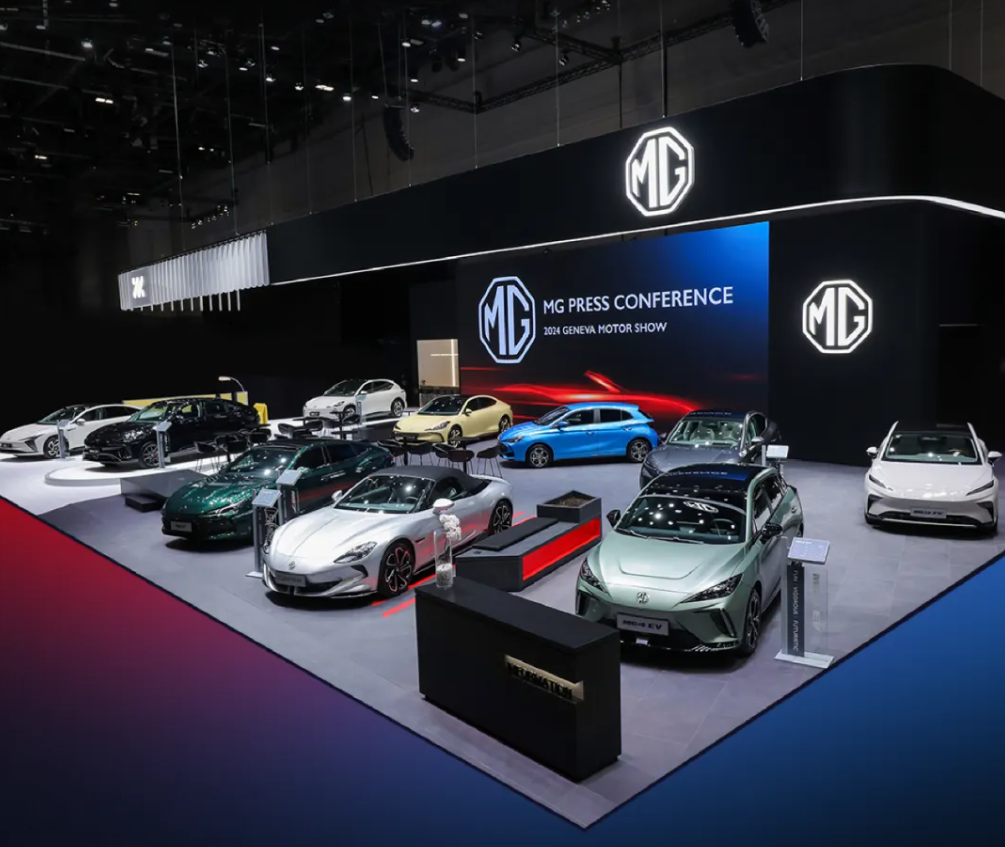
Photo credit: IM Motors
At the same time as the Geneva Motor Show, MG celebrated its 100th anniversary with the display of the MG3 HEV, MG Cyberster, MG4 EV, MG7, MG9, and MGS9 models. The MG3 HEV, featuring new Hybrid Plus technology, is set to debut in Europe and is poised to become SAIC Motor's next global hit after the MG4 EV. In 2024, MG is gearing up to reach its ambitious goal of one-million-unit annual global sales.
Additionally, RISING Auto's R7 and F7 have been renamed MG9 EV and MG S9 EV, respectively, to enter overseas markets under the well-known MG name, making them more recognizable to European consumers.
Next, SAIC Motor is ramping up its overseas operations by building its own fleet.
Currently, Chinese automakers and core auto parts suppliers have gained a first-mover advantage in some overseas markets, making global expansion a necessary step.
However, with increasing demand, the costs of going global are also rising. In November 2023, the daily rental cost for a roll-on/roll-off ship that can carry 6,500 cars surged to $115,000, about 10% higher than the previous year's record high. Data shows that transporting a single car from China to Europe costs around 10,000 RMB just for sea freight, significantly raising costs for Chinese automakers with slim profit margins.
To lower these hefty logistics costs, SAIC Motor’s first ocean-going car carrier named SAIC Anji Shencheng, built by China State Shipbuilding Corporation Limited, launched its maiden voyage in early 2024. This vessel will primarily operate on the Europe and Australia-New Zealand routes, with an annual transport capacity of about 30,000 vehicles.
Over the next three years, 14 more ocean-going car carriers will join the SAIC Anji Logistics fleet, boosting the annual transport capacity to over 500,000 vehicles.
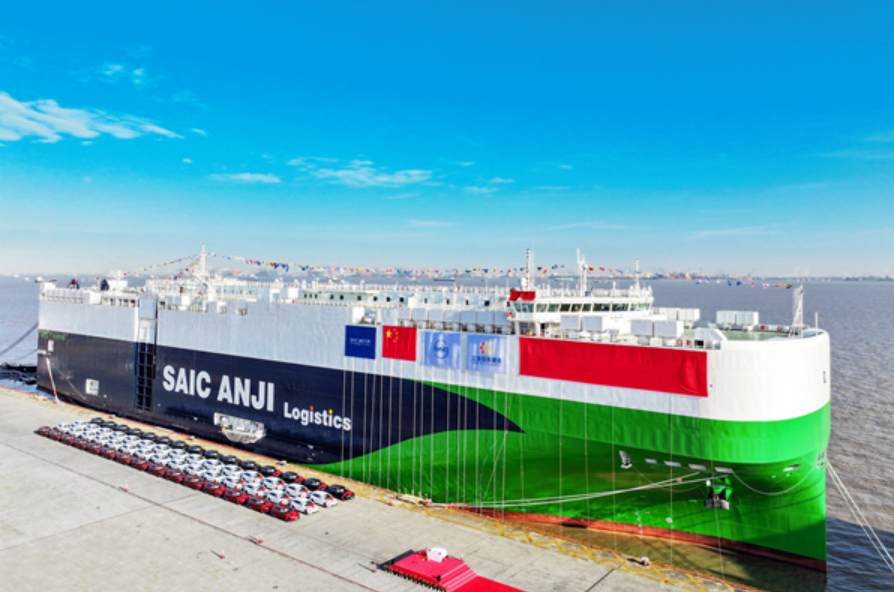
Photo credit: SAIC Motor
However, there are two sides to every coin. Expanding overseas with a self-operated fleet requires substantial investment, including the costs of purchasing, maintaining, and managing the ships, which will greatly increase the company's operating expenses. Additionally, running the fleet also brings subsequent control costs for the entire outbound chain, involving logistics, warehousing, and port handling.
Furthermore, policy and trade barriers also add a layer of uncertainty to Chinese car exports. The European Union has started anti-subsidy investigations into Chinese electric vehicles. The U.S. Inflation Reduction Act bans tax incentives for electric vehicles produced outside North America. On May 14, the Biden administration announced it will raise tariffs on $18 billion worth of imports from China under Section 301 of the Trade Act of 1974. This includes increasing tariffs on Chinese electric vehicles from 25% to 100% by 2024.
Mr. Zhao Aimin said that SAIC Motor achieved overseas sales of 1.208 million vehicles in 2023, while the target for 2024 is 1.35 million vehicles, and 1.5 million vehicles for 2025. For SAIC Motor, navigating the ever-changing and unpredictable overseas market is a major challenge ahead.
On the Chinese market front, many of SAIC Motor's hotter-selling models are mid-to-low-end vehicles with low margin, which have affected the company's revenue performance.
In 2023, SAIC Motor's total revenue was 744.705 billion RMB, a slight increase of 0.09% year-on-year. However, its annual net profit attributable to the parent company was 14.106 billion RMB, down 12.48% year-on-year. The group's annual vehicle sales have been declining for five consecutive years.
In the first quarter of 2024, SAIC Motor's automobile retail sales grew by 9.3% year-on-year, but key indexes like total revenue and net profit saw slight declines.
Focusing on 2024, SAIC Motor plans to enhance its core competitiveness in the new energy vehicle sector as part of its three-year action plan, aiming for an annual sales target of 5.45 million vehicles. Whether to "trade price for volume" to maintain market position or to continue pursuing a "high-end" strategy still requires a clearer path from SAIC Motor.






